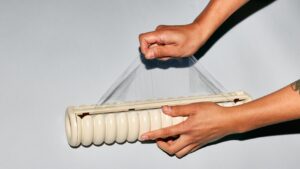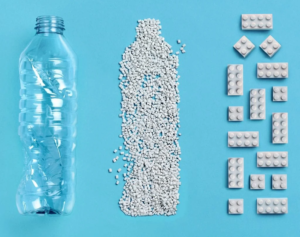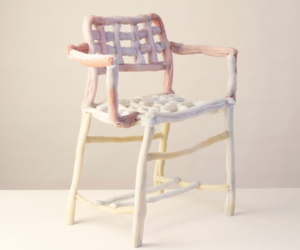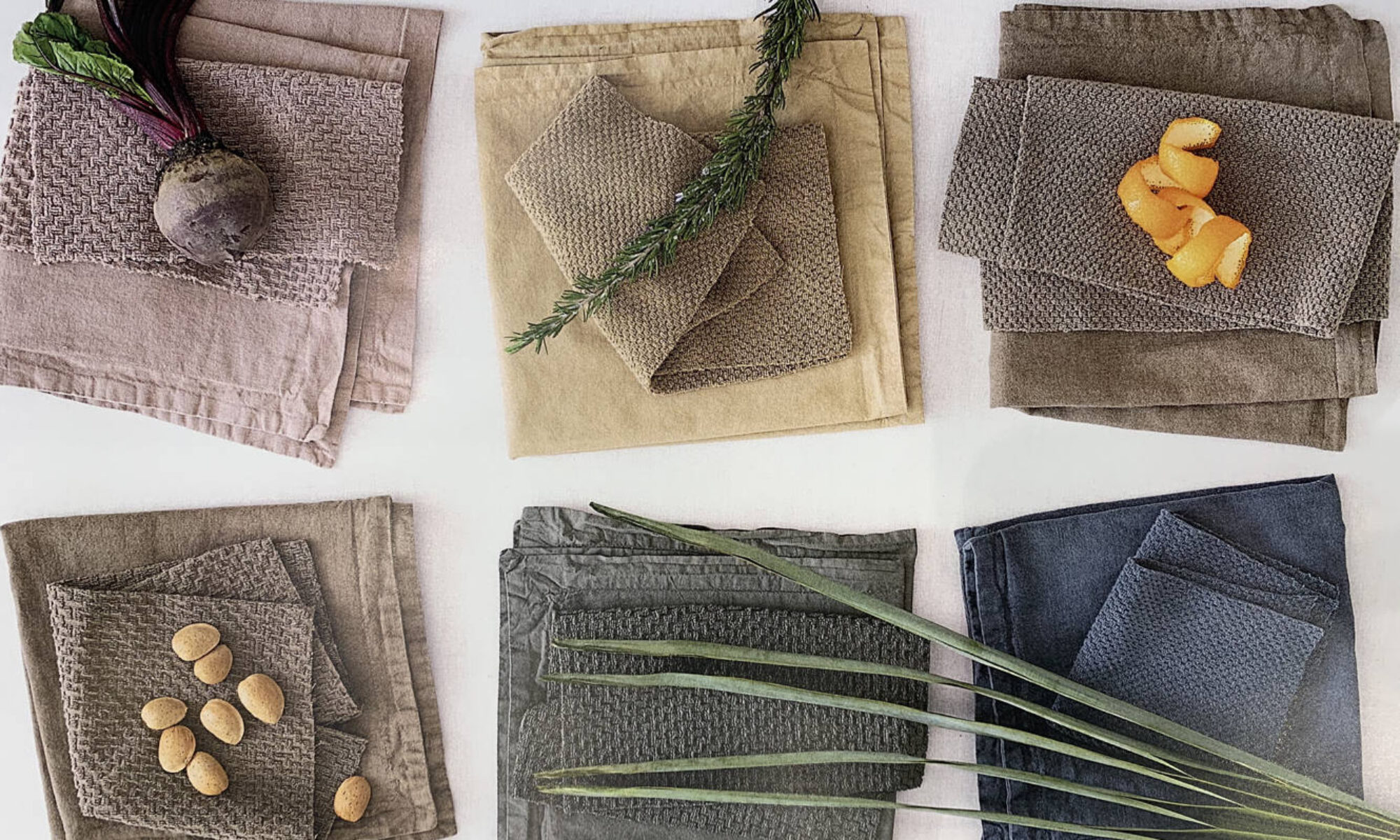This week’s theme posed an extremely thought-provoking and challenging question: is it time to fall in love with plastic again? As an environmentally conscious designer, plastic and its implications on our environment are something that I have personally spent a lot of time researching. So to me, in a world increasingly aware of its environmental impact, this question initially seemed totally paradoxical. However, after re-evaluating my perspective and considering recent discussions and research, it has become apparent that the key is not to ignore the challenges posed by plastic but rather to reconsider our relationship with it.
The rise of plastic
“Plastics renewed the ambition of shaping the world according to our purposes with no resistance from nature” (Vincent, 2013:27)
Plastic, due to its durability and malleability, has played a crucial role in technological advancement and societal transformations. Initially presented as a luxury alternative, it quickly became associated with inauthenticity and bad taste, leading to the rise of single-use plastics. The convenience of these disposable plastic products fueled a throwaway culture, contributing to severe environmental repercussions.
An environmental awakening
Oceans filled with plastic waste, landfills overflowing with non-biodegradable products, and loss of biodiversity. Just to name a few of the many issues caused by our selfish, human-centric throwaway culture. As a result the world has begun waking up to the environmental cost of plastic, and a material that was once praised for its versatility and convenience, has now become one of the most widely criticised for its role in environmental degradation and pollution.
Designing for a sustainable future
This awakening has also sparked innovation, with researchers and designers exploring biodegradable alternatives and sustainable solutions. The focus has shifted to creating a circular economy where plastic can be reused, repurposed, and recycled.
Bioplastics and sustainable alternatives
Bioplastics, derived from renewable resources like corn starch or sugarcane offer an interesting compromise. These materials break down more easily than traditional plastics, addressing the issue of long-lasting environmental impact.

End of single-use plastics through circular design
There has been a shift towards circular design is revolutionizing the perception of material lifecycles, particularly for plastic. Durable, reusable alternatives are gradually replacing single-use plastics, in an attempt to alleviate environmental pollution.
Upcycling and repurposing
Designers have begun creatively repurposing plastic waste into functional and aesthetic creations, showcasing the beauty of giving plastic a second life. This approach resonates strongly with my personal design ethos and is a conscious consideration that consistently informs my work.
Not always as simple as it seems…
Though there has undoubtedly been progress towards more mindful use of plastic and plastic alternatives amongst both small designers and larger companies, this shift has also presented challenges.

Recycled doesn’t necessarily mean sustainable
The Lego example demonstrates the challenges involved in scaling up sustainable practices, whilst also highlighting the importance of addressing the complexities surrounding greenwashing, whether intentional or unintentional.
Companies portraying a false or exaggerated commitment to sustainability, eco-friendliness, or other environmentally responsible practices demands our consideration as designers. Had the brand proceeded with its recycling initiative, it would have made products that were even less sustainable than its conventional counterparts, despite the appearance of being recycled and environmentally friendly. This serves as a stark reminder that evaluating the authenticity of sustainable products and companies will be of uppermost importance as we move towards a more environmentally friendly future.
Finding a balance
To conclude, I would personally argue that like with most environmental design issues, it’s about finding a balance. I believe that plastic will undergo a revival, and as designers, we will need to redefine our relationship with the material to something that is positive and innovative. By embracing responsible design practices, exploring alternative materials, and finding a balance between convenience and sustainability, we can pave the way for a future where plastic contributes positively to environmental well-being.
Designer of the week…
Plastic Baroque collection

James Shaw is a London-based designer who makes furniture from the sweepings left on plastic-recycling facility’s floors after the processing of high-density polyethylene, such milk bottles and other food packaging.
I love this collection as I think it showcases the huge potential for innovation that arises from repurposing waste materials. The unconventional style and texture of his material choice add value and character to his interiors, making them seem quite luxurious, despite their origin as recycled waste. This collection not only exemplifies Shaw’s unique creative process but also highlights the transformative power of design, turning discarded materials into functional and aesthetically pleasing pieces.
https://jamesmichaelshaw.co.uk
References
Gabrys, J. Hawkins, G and Michael, M (eds). (2013). Accumulation: The Material Politics of Plastic. Routledge Available at: doi:https://doi.org/10.4324/9780203070215.





